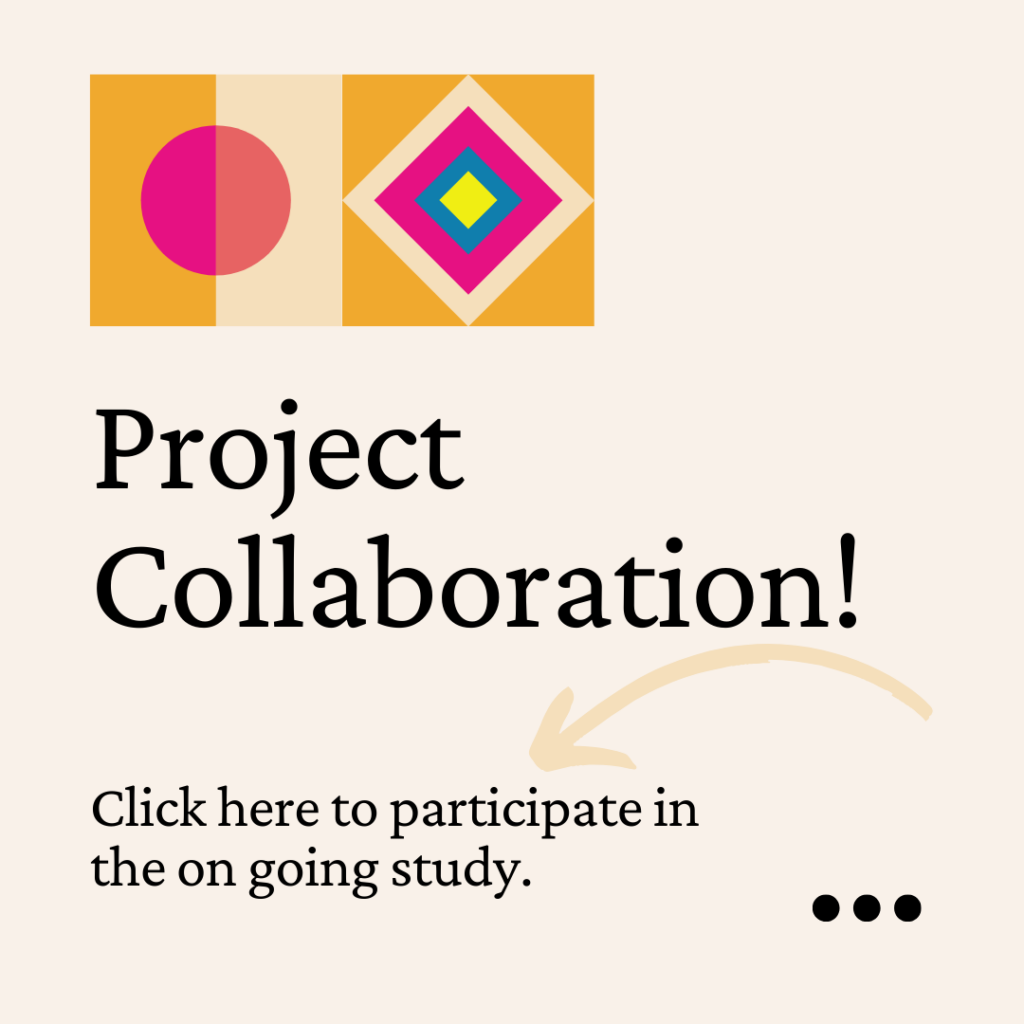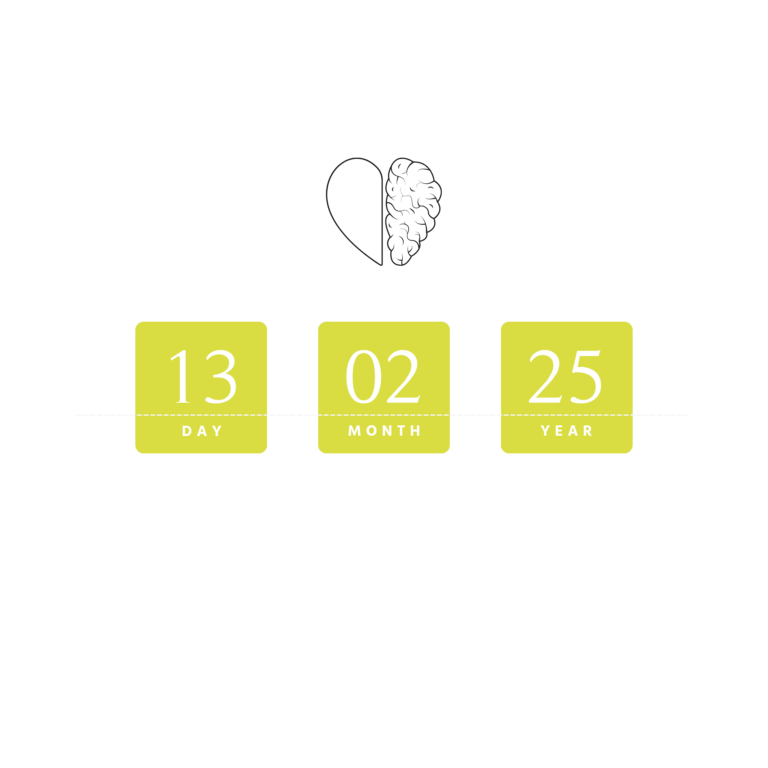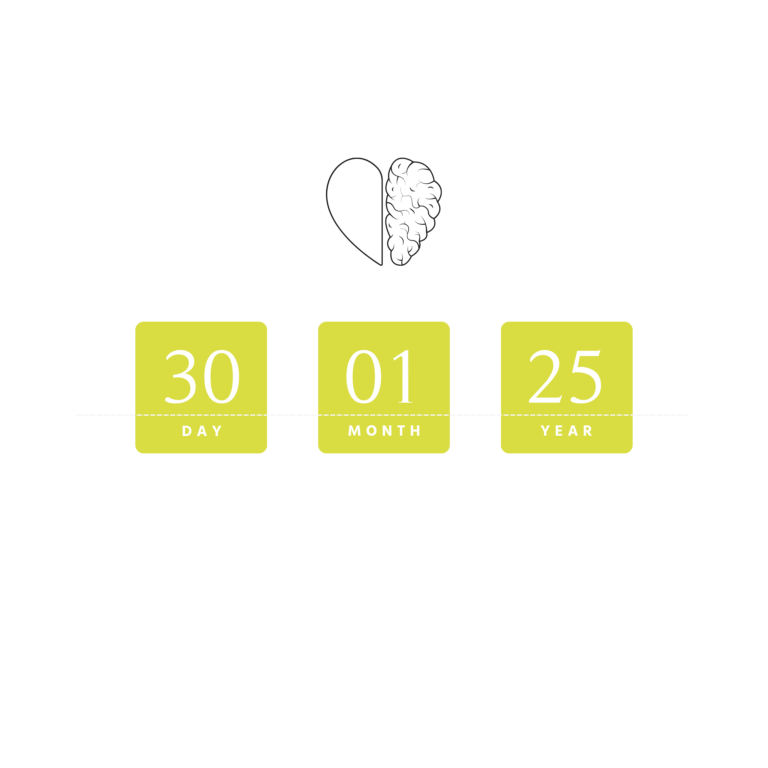The professional development space often fails to consider what it truly means to be a woman, resulting in tools and practices that don’t fully address women’s unique challenges. Despite efforts to promote cultural development, companies continue to struggle with patriarchal structures that hinder true inclusivity. This persistent bias impacts women’s advancement and limits innovation and progress within organizations.
This article contains
- The current landscape of personal and professional development for women
- Persistent challenges posed by patriarchal structures in the workplace
- Understanding the patriarchal structures in business.
- Examples of how to break patriarchal structures in your organization.
- Redefining Personal and Professional Development for Women
- Conclusion
One aspect that I find disturbing in the professional and personal development space is that women are being given tools that are based on practices developed often with little to no understanding of what it truly means to be a woman.
Women are expected to make themselves fit in. ‘This is how things are being done’ is one of the most commonly heard phrases in the professional world, and no matter how much we practice cultural development, it seems as if companies are struggling to let go of the patriarchy that has created them in the first place.
You might say: ‘Business is business,’ and if someone wants to succeed, they must follow the rules. Fair. However, according to the Bureau of Labor Statistics, women comprise 51,8% of the labor force. Instead of creating a place where women can thrive and bring their best to the table, we are making them fit in. I don’t want to bore you with the biological differences that most cultures don’t accommodate simply because, for the longest time, men believed that women belonged behind the stove and their sole purpose was to bear children.
It seems this is still often the case, so why would anyone want to make it easier for women? The Kansas football player just reminded everyone of this in his commencement speech. (If you haven’t seen it yet, you can get a taste of it here: https://www.instagram.com/reel/C7AIbgBS0Kh/?igsh=YWtrN2o0djFreWs5). Outdated perceptions of “what a woman should be,” influence people’s belief systems, perpetuating everyday biases that pose significant barriers for women in the workplace.
The current landscape of personal and professional development for women
The current landscape of personal and professional development for women reflects a growing recognition of the unique challenges they face in the workplace. While progress has been made in recent years, gender disparities persist across various industries and organizational levels. Awareness is not enough.
Many companies offer personal and professional development programs to advance women’s careers. These programs often focus on leadership skills, communication, negotiation, and work-life balance. However, despite these efforts, women still encounter barriers to advancement, including unconscious bias, lack of representation in leadership positions, and unequal access to opportunities for mentorship and sponsorship.
One common piece of advice from successful women I have encountered is: ‘You simply have to overlook the barriers and pretend they don’t exist. You need to stop caring about the inappropriate comments and gestures you encounter.’
I share that sentiment. You simply have to make yourself belong. It doesn’t imply ignoring the resistance to change or advocating for a system that fosters the belief that hard work will bring life satisfaction. We all know that we would all benefit more from a system that embraces collective success and fosters an environment conducive to innovation and progress rather than solely prioritizing exploitative profit margins.
Change is scary and it takes effort to embrace it and navigate it.
Persistent challenges posed by patriarchal structures in the workplace
It is not enough for businesses to acknowledge the different needs of employees. Embracing change means adapting to different worldviews and needs. It also means redefining personal and professional development programs to foster inclusivity and acknowledge the unique experiences of women.
Many companies claim to be innovative, and many leaders (most of whom are men) claim to be visionaries. Few of these ask what innovation and vision mean and entail.
Innovation acts as the primary catalyst for transformation, involving creating and implementing new ideas, products, services, or processes that lead to significant organizational changes. Transformation, in turn, is the result of successfully integrating these innovations into the organizational structure, culture, and operations, leading to a fundamental shift in how the business functions.
You might ask how this is relevant concerning patriarchal structures in companies and how it relates to rethinking development affords in companies. These structures hinder women from fully engaging in the companies and prevent them from being the best they can be.
Understanding the patriarchal structures in business.
Understanding the patriarchal structures in business is essential for innovation, which happens hand in hand with transformation. Patriarchal structures are characterized by male-dominated leadership, traditional gender roles, and systemic biases that hinder women’s career advancement and professional development. It effectively leaves out the needs and interests of the female portion of the employees.
Let’s clarify: not understanding how patriarchal structures impact your business and company hinders innovation.
Examples of how to break patriarchal structures in your organization.
One illustrative case is Salesforce, which conducted an internal audit revealing significant pay disparities between men and women. In response, the company spent $8.7 million to eliminate this gender pay gap and continues to monitor and address pay inequities annually. Systemic barriers, such as outdated role descriptions, unequal access to mentorship, and limited representation in leadership positions, persistently impede women’s progress. Recognizing the limitations of existing development frameworks is crucial, as they often fail to address these challenges.
Goldman Sachs, for instance, overhauled their performance review process after an internal study found that women were less likely to receive top ratings required for promotions compared to men with similar qualifications. Embracing the business case for diversity and inclusion reveals tangible benefits, such as increased innovation and improved decision-making. A study by Boston Consulting Group found that companies with above-average diversity scores reported 45% higher innovation revenues than companies with below-average diversity scores.
Another example is Procter & Gamble. They have implemented several initiatives to support women’s leadership, including executive sponsorship programs, leadership training tailored for women, and flexible work arrangements. As a result, P&G has seen a significant increase in the number of women in senior leadership roles.
What can you do to incorporate innovative and transformational practices in your organization?
Redefining Personal and Professional Development for Women
When asked what they need in their career and life, the most common thing women mention is support. This is something that I also found in my ongoing research study on women and impact creation. Designing mentorship and sponsorship programs is one the most essential things you can create within the company. Women often benefit from mentorship and sponsorship programs that connect them with senior leaders who can provide guidance, advocate for their advancement, and help navigate workplace challenges. For instance, many women face barriers in gaining visibility for their contributions, so having sponsors who can advocate for them in key meetings and decision-making processes is crucial.

Additionally, providing resources for skill-building, negotiation tactics, and confidence-building exercises can help women overcome systemic barriers. For example, programs like those at General Electric focus on negotiation workshops and leadership seminars tailored for women, fostering a more inclusive and supportive environment for female professionals.
Women may encounter societal pressures and biases undermining their self-assurance, so targeted training in these areas can empower them to pursue leadership roles and advocate for themselves effectively. That’s why workshops that focus on building confidence and leadership capabilities are essential.
Additionally, it is essential to create a culture that allows a healthy work-life balance, promoting both women’s and men’s involvement in family and community. It is not enough to teach women to set better boundaries and develop a self-care routine if the other side doesn’t help. “It is important to comprehend the second-shift phenomenon and learn how to address it.” Women are still working double the time men do. Very little has changed since the study has been conducted in 1974. Flexible work arrangements, remote work options, and support for parental leave are necessary when supporting women in managing their careers and personal lives. But they are as crucial for men to experience the same benefits of being able to combine family and work.
Conclusion
Redefining personal and professional development for women is not just an ethical imperative but a strategic necessity for businesses aiming to thrive in today’s competitive landscape. Organizations can dismantle systemic barriers that hinder women’s progress by tailoring training programs to address women’s unique challenges, incorporating intersectional perspectives, promoting mentorship and sponsorship opportunities, and providing essential resources for skill-building.
Businesses must take proactive steps to prioritize inclusivity and diversity within their organizational culture. This involves implementing equitable development programs and fostering a culture where all employees, regardless of gender, feel valued and supported. Companies should lead by example, adopting best practices from industry leaders who have successfully promoted women’s advancement and inclusivity and having sincere conversations with the women working for them.
Envisioning a future where women can thrive and succeed in all facets of professional life requires a commitment to breaking free from the constraints of patriarchal structures. Women will have equal opportunities to lead, innovate, and excel in this future, contributing to a dynamic and progressive workplace that benefits everyone. Only by embracing this transformative approach can businesses unlock the full potential of their workforce and achieve sustainable success.












